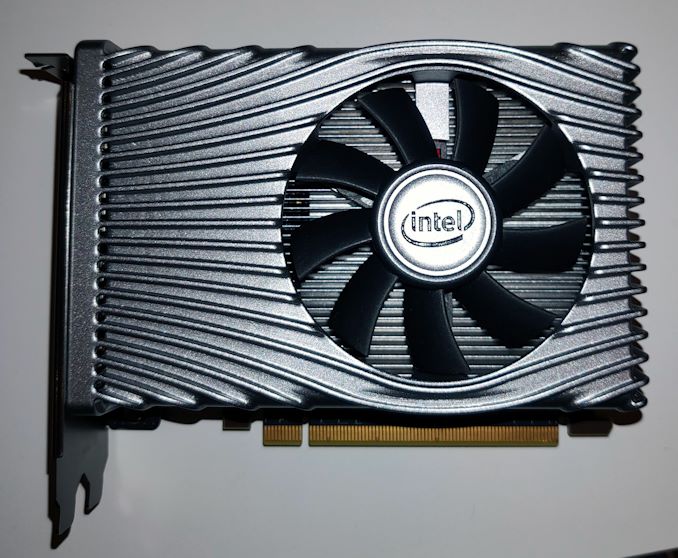EXCLUSIVE: INTEL SECOND GENERATION DG2 GPU TO USE TSMC’S 7NM NODE
The last time we reported on Intel’s upcoming DG2 GPU (
which already has EU counts leaked), we just gave a small snippet that it was a 7nm GPU launching in 2022. Now, we are prepared to share that while DG2 is a 7nm GPU, it’s not going to be fabbed on Intel’s 7nm node but rather TSMC’s 7nm, which has been available for over a year now. Yes, it sounds crazy, but we are extremely confident that this is the case, as this information comes from an industry insider.
Back in October, we reported on how Intel was relying on the success of their upcoming 7nm node as a way to bounce back from all the issues they have had with 10nm, which is still mostly broken and will have no real presence on the desktop and barely an impact on servers. However, this seems to be only the case for Intel’s CPUs, not their GPUs, as DG2 will be using the 7nm node from TSMC. We’re not sure whether or not DG2 is the only Xe HP GPU to be using TSMC’s 7nm, but it’s unlikely that all of Intel’s upcoming GPUs will be fabbed at TSMC since Intel promised their own 7nm node would debut with 7nm Xe GPUs.
Obviously, why Intel would do such a thing is an important question. Well, there could be concerns at Intel about their 7nm capacity (even if their 7nm node is great), or maybe it’s an issue with cost since new nodes are more expensive than old ones, and gaming GPUs do need to be cheap. This might also have to do with Intel’s hiring spree of former AMD and Radeon employees; perhaps Intel went after these veterans due to their familiarity with TSMC processes.
Another question might be why DG2 is a 2022 product if the process and architecture are both ready. We’re not entirely sure why there is such a delay, but it could be related to fab capacity and cost as mentioned before, as well as design time. In 2022, obviously there will be much more 7nm capacity and it will be much cheaper, so perhaps that is why Intel has chosen to wait. Also, while Gen 12 designs are ready and working in Tiger Lake and DG1, these are both Gen 12
LP, not to mention the exact same GPU. Gen 12
HP, which DG2 is based on, might not be design complete yet.
What we know for sure is that DG2 is a 2022 GPU, fabbed on TSMC’s 7nm process, with a level of performance that will likely be mid range or lower by the time it launches. Keep in mind that road maps and plans are subject to change between now and 2022, and to take rumors with a grain of salt (though we are very confident in this specific rumor).













